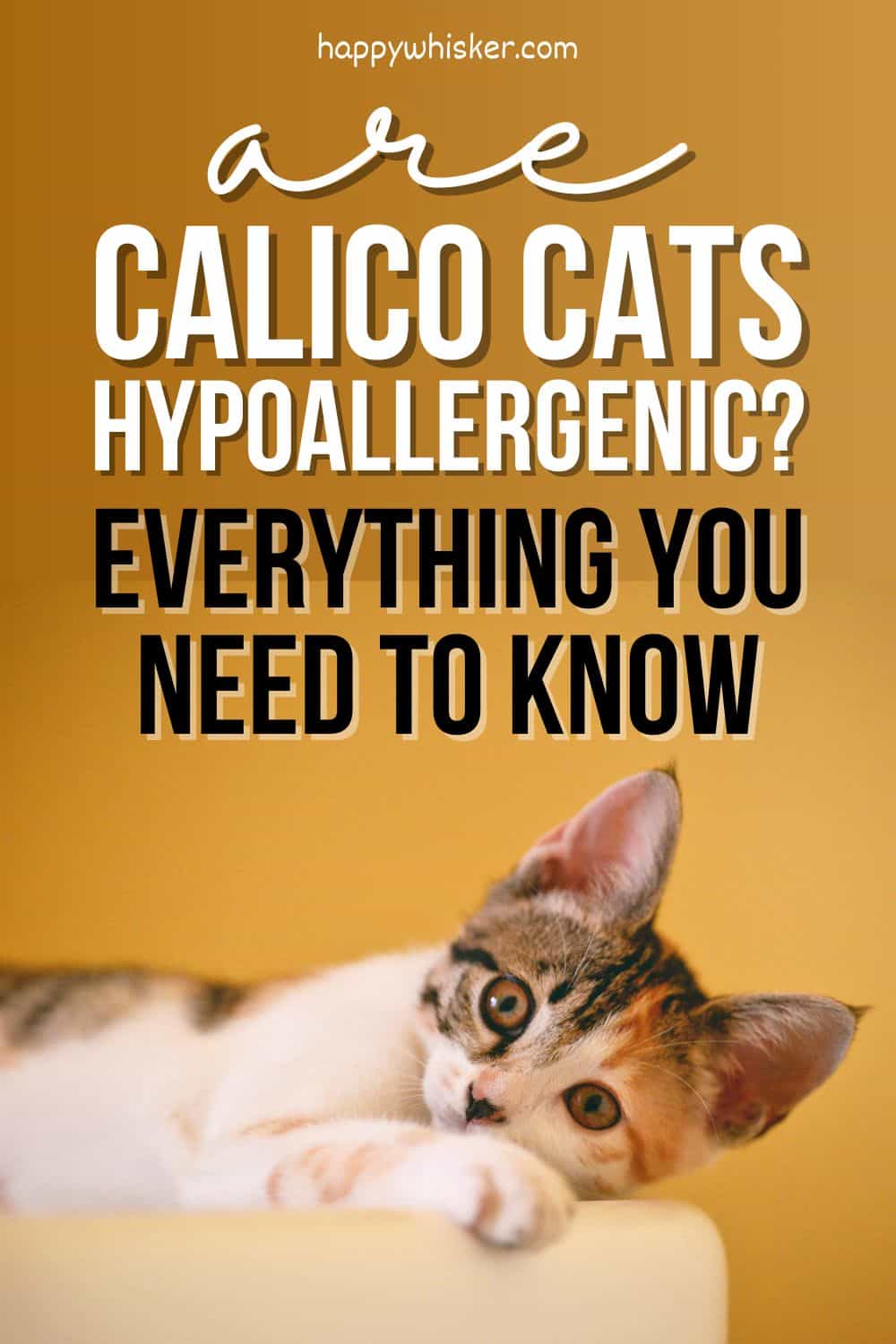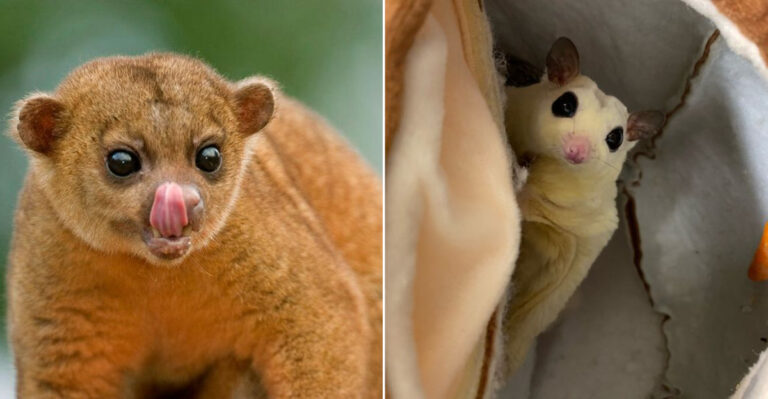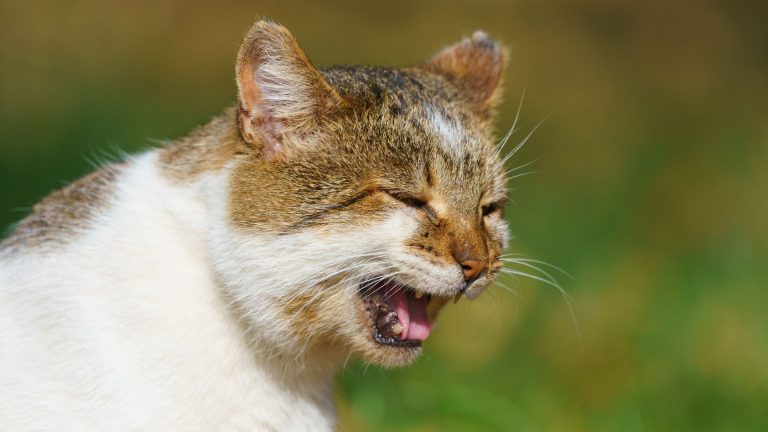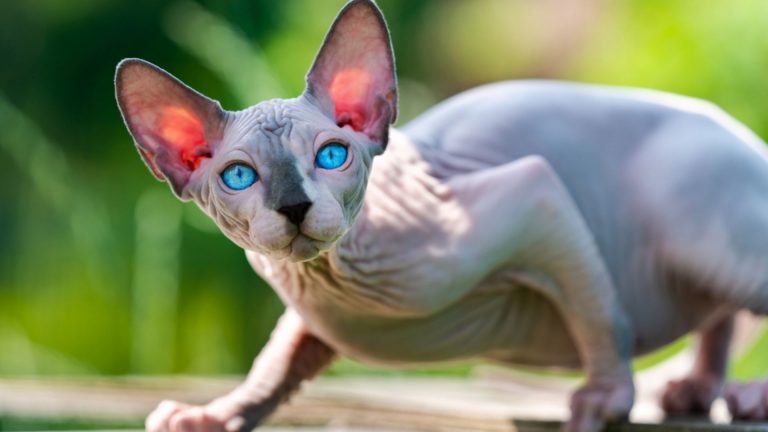Are Calico Cats Hypoallergenic? Everything You Need To Know

If you’re a cat lover who has allergies, you’re probably looking for a hypoallergenic cat. You’re in the right place! Let’s take a look at the calico cat and whether it is suitable for people with allergies.
Calico cats are known to be a good breed choice for people with allergies. Besides that, calicoes are cute and loyal cats, full of unconditional love. Ask anyone who has a calico and they will tell you that they are the best cat you can choose as your pet.
First things first: are calico cats hypoallergenic? Well, it’s very important to know that no cat breed is 100% hypoallergenic, it’s just that some cats produce more allergens and some produce less.
However, allergy sufferers have an immune system that is sensitive to allergens so they should consult with the doctor about their allergies before getting a cat pet. Mild allergies can be managed but if you have severe cat allergies, maybe it’s best to avoid having a cat as a pet.
So, if you’re a cat lover dealing with allergies, read the article and find out more about calico cats as they may be a perfect choice for you and your family!
Are Calico Cats Hypoallergenic?
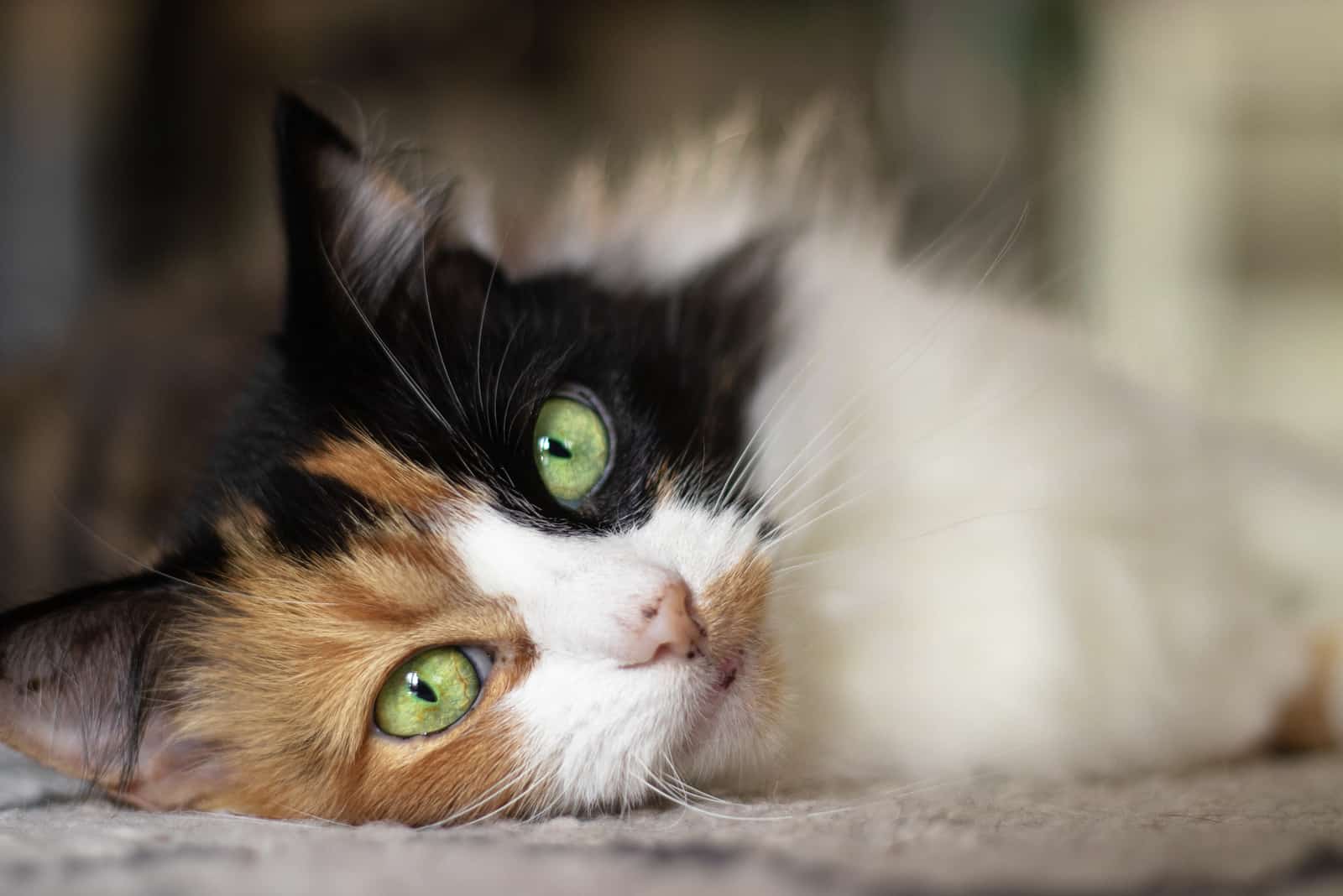
The important question here is – are calico cats hypoallergenic? Calico cats are not hypoallergenic cat breeds but later, you’ll see why they are the best option for people with allergies. Remember that no cat breed is 100% hypoallergenic.
People often think that it’s the cat’s fur that causes allergies, but they’re wrong. Allergies aren’t caused by a cat’s fur, but by cat dander, which is actually the dead skin cells.
What makes the dander allergenic is the Fel d1 protein. Now, let’s clarify this! Fel d 1 is a protein that can be found in a cat’s saliva, glands, and skin, so when cats shed the dead skin cells, that’s how Fel d 1 spreads through your environment, triggering your allergies to flare up.
Calico cats are not a specific cat breed, but the name calico refers to the pattern and color of the cat. They are characterized by three distinctly different colors on the cat fur.
So, calico cats aren’t 100% hypoallergenic but they’re considered to be safe pets for people dealing with allergies because they produce less Fel d 1. There are a few more reasons which we will also look at.
Are Calico Cats Less Allergenic Than Other Cat Breeds?
Yes, calico cats are less allergenic than other breeds because in 99.97% of cases the cat is female. Females produce less Fel d1 protein than male cats.
Are There 100% Hypoallergenic Cats?
As previously mentioned, there are no 100% hypoallergenic cats. The difference between the cat breeds is that some produce more Fel d 1 and some produce less, making them more suitable for cat lovers with allergies.
However, there are hairless cat breeds that look like they don’t have fur at all, such as the sphynx or devon rex. People often think that these hairless breeds are hypoallergenic cats. Well, although they look hairless, they still have thin fur, and they also produce dander which can trigger allergies.
Ultimately, it all depends on the specific cat breed. Let’s see which cat breeds produce more and which produce less Fel d1 protein.
Cat Breeds With Low Production of Fel d 1
• Norwegian Forest Cat – this cat breed has long hair. That can be a good thing, believe it or not, because long hair keeps dander from falling out.
• Manx – This breed has both long-haired and short-hair cats. The amount of shedding depends on the individual cat’s hair. However, the Manx cat breed has low production of Fel d 1, which is very good for people with allergies.
• British Shorthair – this calico breed requires careful brushing because of its thick coat. So, make sure you groom it often in order to reduce the production of dander. It is best to groom it outdoors to keep your home free from dander.
• Siberian cat – this cat breed is characterized by a triple coat which prevents dander falling out.
• Turkish Angora – this cat breed has medium-length fur which doesn’t tangle, so that makes it easy for grooming and shedding.
• Oriental Shorthair – these are short-haired breeds that are ideal for all potential cat owners.
• Siamese Cat – this cat can also come in a calico pattern..
• Cornish Rex
• Arabian Mau
Cat Breeds With High Production of Fel d 1
• Persian Cat – this cat breed has an incredibly soft fur and friendly temperament but produces high levels of Fel d1.
• American Shorthair – its temperament makes her perfect with children, but only those with no allergies.
• Maine Coon – all Maine Coon calicos have the same three colors, but the pattern in which these colors appear is different and unique to each cat. They produce higher levels of Fel D1.
• Exotic Shorthair
What Are Calico Cats?
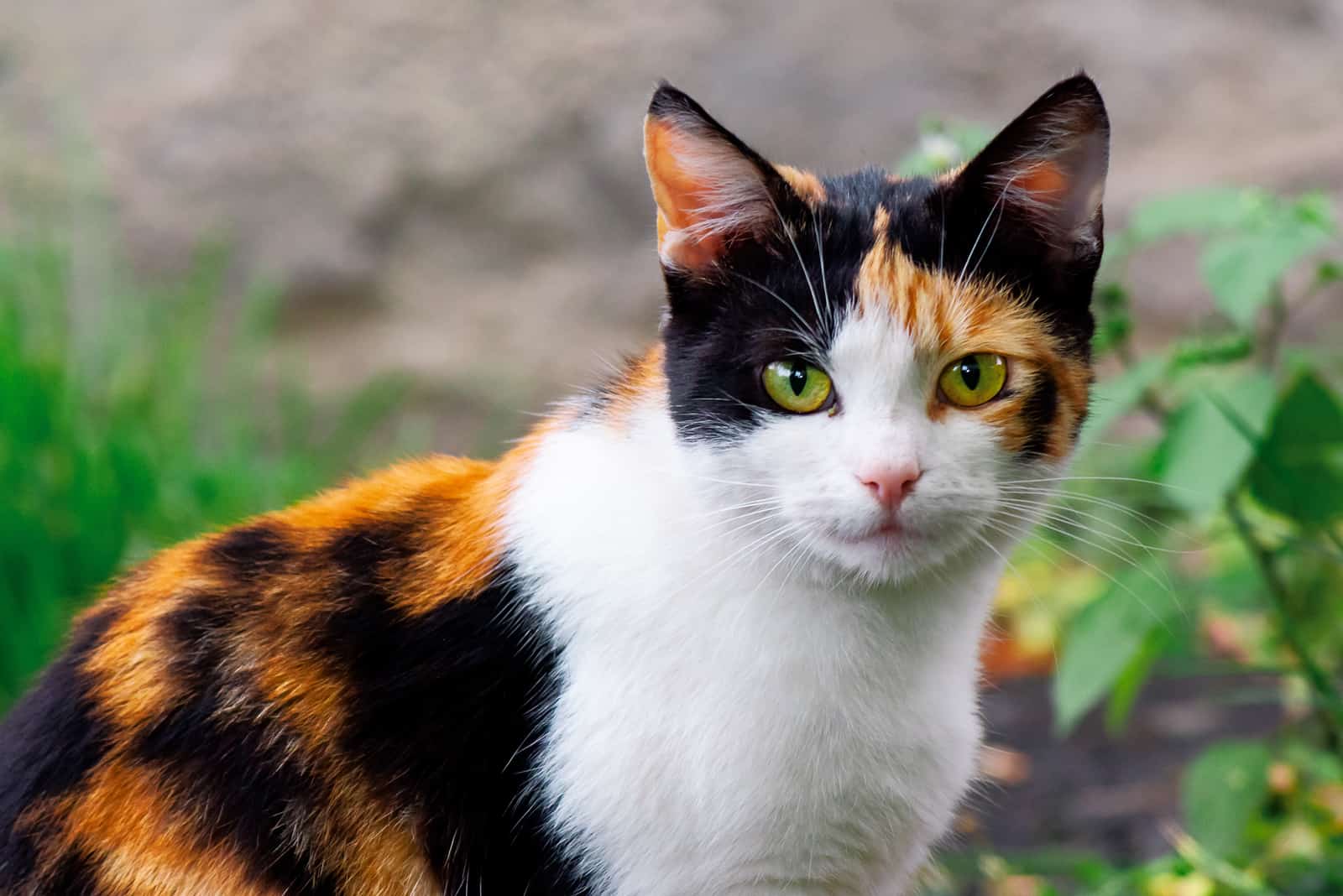
So, a calico cat is not a breed in itself. The name calico refers to the specific tricolor coat pattern that any cat breed can have.
The color pattern of calico cats consist of three colors:
• White
• Black
• Orange
Calico cats are rare because of their specific genetic mutation that is influenced by nature and the surrounding. In addition, they cannot be bred. What’s interesting the most is that no two cats are the same and every one of them is unique in their own way.
Because of their rarity, they can be expensive. The price of a calico cat can go up to $3000, but generally the price depends on the exact cat breed.
Calico Cats Throughout The History
It is believed that the calico cats’ genetic mutation derives from Egypt, and that it could be found in the port cities, such as France, Spain, Italy, and Mediterranean sea, which were important trade routes. This is how they reached America.
Calico cats have been very popular in the past; many people considered them lucky because of their rarity. They were especially popular with painters.
Calico Cats’ Personality
I already mentioned that calico cats aren’t a specific cat breed and the name calico refers to the coat color. Because of that, you should be aware that a cat’s personality and temperament isn’t influenced by its color but is characterized by the specific breed.
Generally, calico cats are sweet cats that have a gentle and friendly personality, but again it depends on their breed. So, if you want to be sure that you chose a calm and lovely cat, the best options are breeds such as Exotic Shorthair, Manx, or Siberian Cat.
Calico Cat’s Chromosomes
Calico cats appearance is due to a genetic mutation. Let’s explain this properly!
This color pattern happens due to the inactivation of one X female chromosome. So while female cats have XX chromosome, male cats have XY chromosome, and if that X chromosome in females doesn’t activate, it leads to the coat pattern that calico cats have.
Are There Male Calico Cats?
Calico cats are rare, but male calico cats even rarer. Male calico appears in only one in 3000 calico cats. They’re born with Klinefelter Syndrome, which happens when a cat results with XXY chromosome.
Usually because of that, male calicos are sterile and they may suffer from various diseases, thus having a shorter life span than female calicos.
Types Of Calico Cats
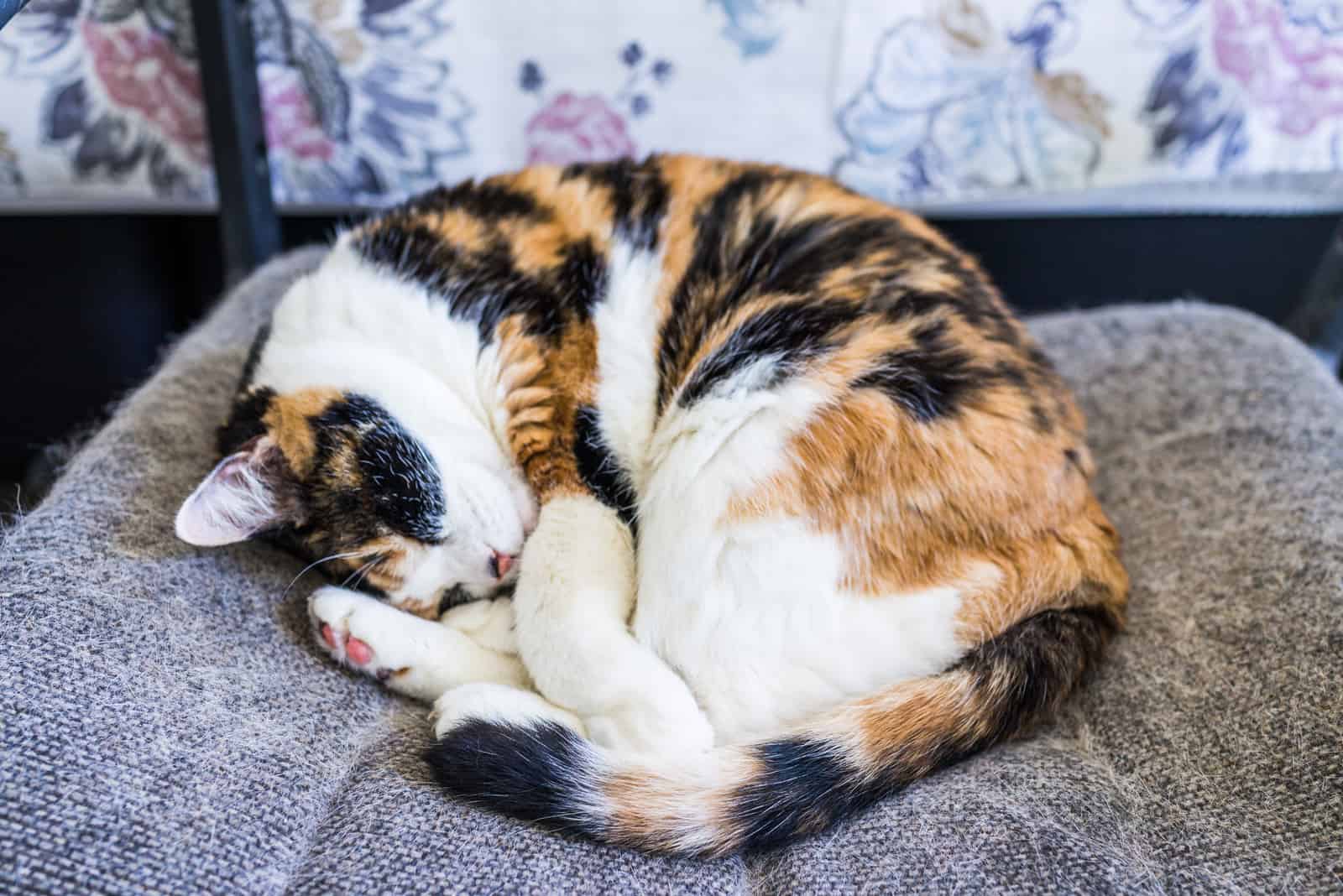
There are three main calico cat types, let’s see what they are!
• Tortoiseshell – these calico cats have very small areas of white coat. Usually they only have small white marks on their paws, chest, or their face. Sometimes it’s hard to tell the difference between tortoiseshell cats and tortoiseshell calico cats.
• Diluted – calico cats may appear in diluted shades which happens from the combination of black white and orange and results in gray and gold shades. Calico cats with diluted colors are even more sought-after and expensive than regular calicos.
• Patched Tabby – they’re known for black or orange patches and stripes all over their body.
Do Calico Cats Shed?
Shedding is very important if you want to know are calico cats hypoallergenic. And here’s why!
Even calico cats shed; it depends on the cat breed as well as other factors.
Guided by the fact that calico cats are not a breed but a colorful pattern that can be seen in several breed cats, we can never know how much a cat will shed. This factor is determined by the individual breed.
For example, a long-haired cat sheds more because of its thick fur, and because of that, it may not be an excellent choice for allergy sufferers. Still, their thick coat keeps dander from falling out, which is helpful.
However, short-haired cats shed less which makes them more suitable felines for allergy sufferers, and it’s even better if they produce less Fel d 1.
Health Issues In Calico Cats
Once again, everything about the cat is related to its breed and not the coat pattern. While calico cats are normally very healthy cats, you need to research the particular breed of the calico in order to find if they’re prone to any serious health issues.
Female calico cats don’t usually have health problems, but male calicos are a different story. Because they’re extremely rare, they have a short lifespan and they may suffer from various diseases, such as diabetes or orthopedic issues.
The Best Cat Breeds For People With Allergies
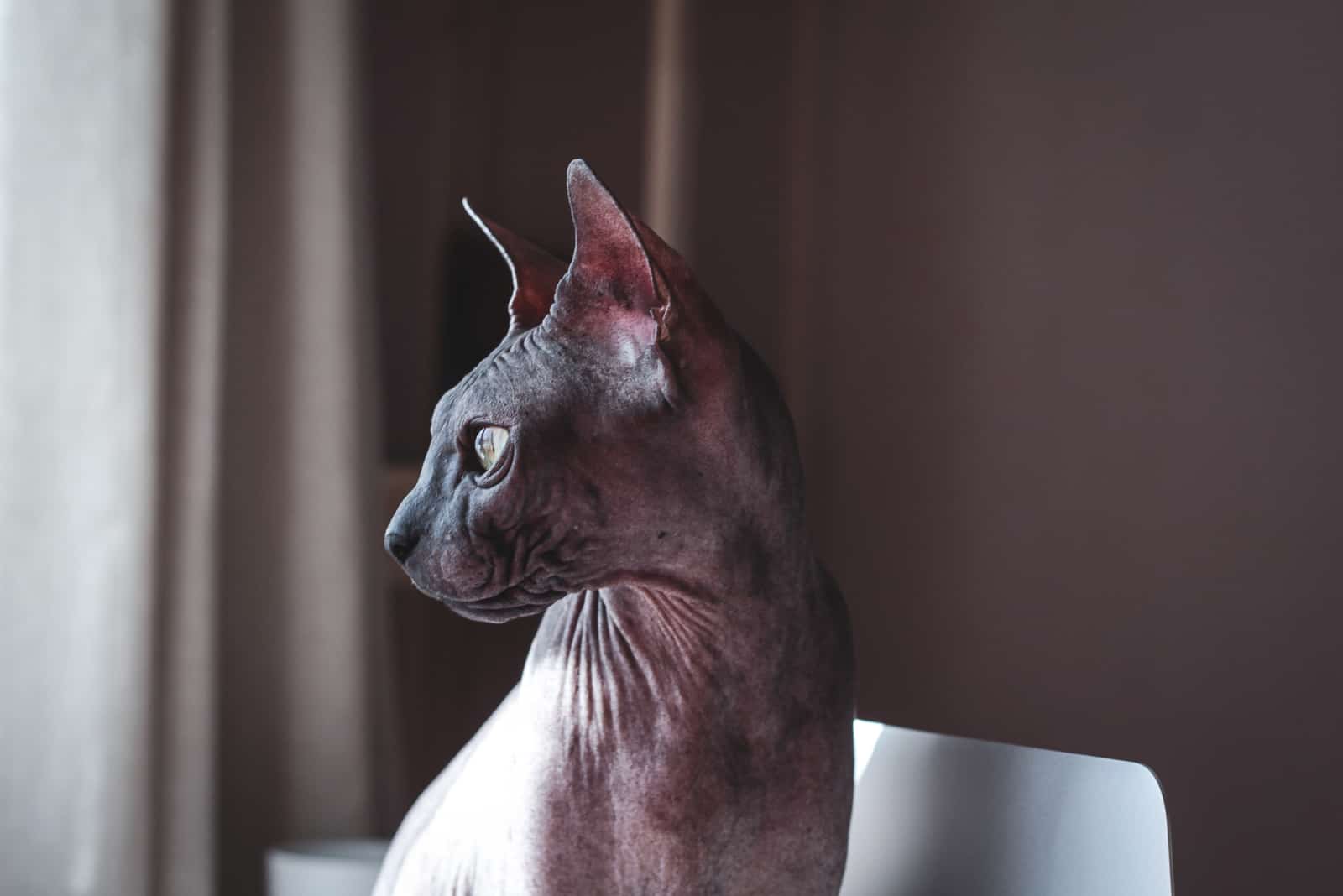
If allergies are the only thing stopping you from becoming a cat owner, here’s the list of the best cat breeds for allergy sufferers. There are some great options.
• Sphynx
• Devon Rex
• Oriental Shorthair
• Cornish Rex
• Russian Blue Cat
• Burmese cat
• Ocicat
Other Things That You Should Take Into Consideration When Picking A Cat
• Female cats – If you’re prone to allergic reactions, but still want a pet cat, you should choose a female because they produce fewer allergens than male cats, making them better pets with people with allergies.
• Light coat – according to some research, light-colored cats produce a lower level of the offending allergen than dark-colored ones.
• Long-haired cats – this may surprise you, but cats with long coats can be a better option for people with allergies because a thick coat keeps the dander in.
Can I Live With A Calico Cat If I Have An Allergy?
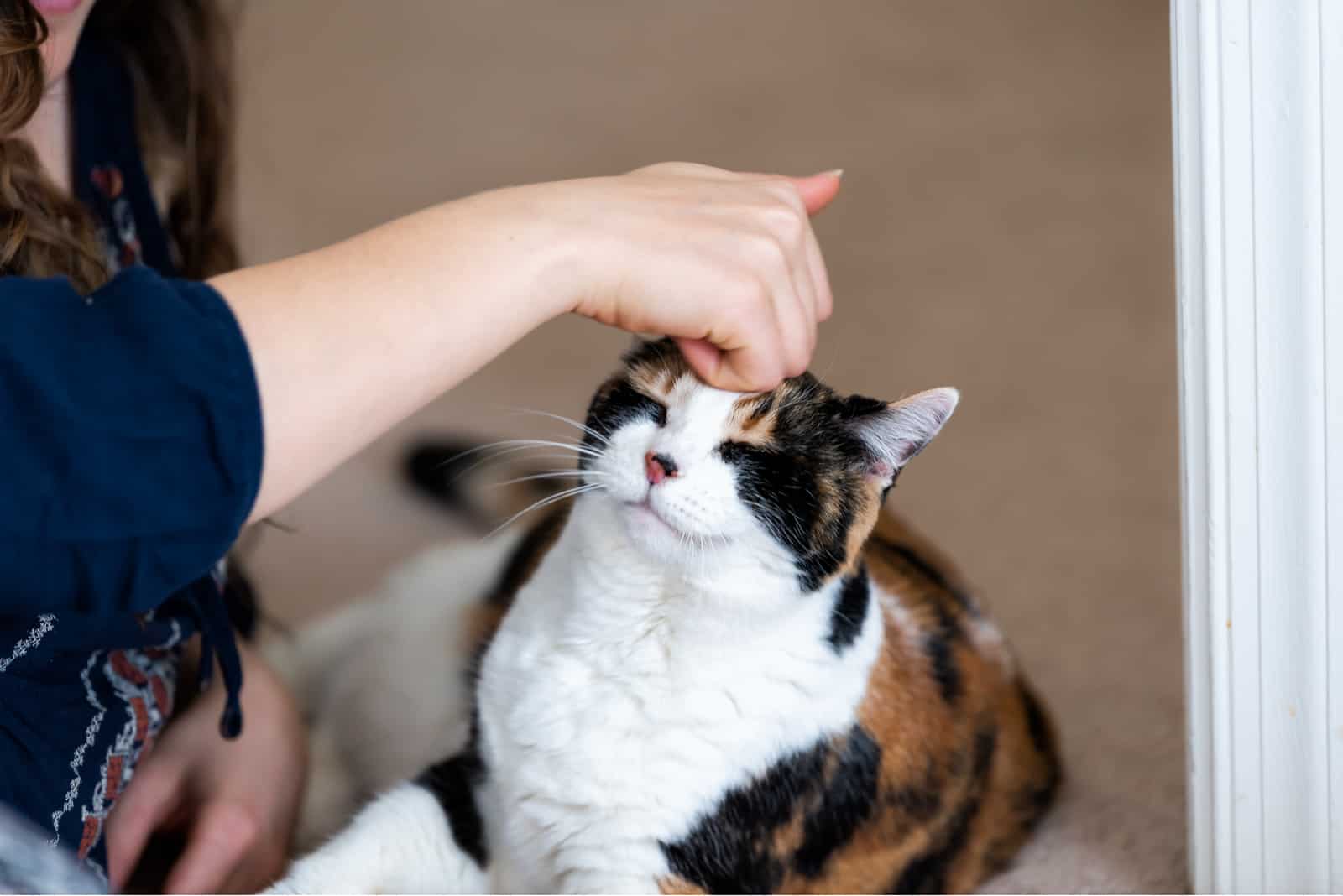
Now that you know are calico cats hypoallergenic, you probably wondered if it’s safe for you to live with a calico cat? Yes, you may be able to live with your cat friend even if you have allergies!
An allergic reaction can be alleviated with medication, prescribed by your doctor. However if you suffer from asthma or severe allergies, I advise you to think twice. Mild allergy symptoms can be controlled with antihistamines, which means that you’ll still be able to enjoy time with your feline friend.
For all those who want to be a calico cat owner despite allergies, here are a few tips:
• It is important that you consult with your doctor about each step you decide to take.
• Get used to your cat slowly.
• Monitor your body’s reactions.
Further in the article, you can find out how else can you reduce the risk of cat allergy in order to reduce allergic reactions. Stick around!
8 Ways How To Reduce Your Cat Allergy

Here is some advice on how you can reduce your cat allergy.
High-quality Food
If you suffer from allergies, the best way to reduce them is to feed your cat with high-quality cat food which will improve your cat’s health and skin. That will also help your cat shed slower.
Wash Hands After Petting The Cat
In order to avoid allergic reactions, make sure you don’t touch your face and always wash your hands after petting a cat.
Put Some Boundaries
Cats produce the Fel d1 protein through their salivary and sebaceous glands, so it’s better for you to limit your cat’s movement around the house. For example, don’t let her on your couch or bed, to reduce risks of allergic reactions.
Groom Your Cat
It’s very important to groom your cat often in order to keep your cat’s coat and undercoat clean and healthy. That will also reduce the chances of your cat producing more dander. Make sure that you don’t neglect this duty!
Often Bathing
Bathing can also be helpful in reducing the production of dander, so make sure you bathe your cat at least once a month. With regular bathing and grooming, you’ll be eliminating allergens.
Spay Or Neuter Your Cat
According to some research, spayed or neutered cats produce less protein Fel d 1, so this can be another helpful option.
A Corner For Your Cat
It’s very important to provide your cat with her personal space so that she won’t go everywhere around the house. In that way, you’ll reduce the spread of dander in your environment, and your cat will have its own personal and calm space.
It will also be much easier to clean just one corner rather than to risk having allergens all over your home.
Use Medications Properly
If you suffer from allergies, it’s important that you use your medications, such as antihistamines, properly in order to avoid symptoms such as sneezing, coughing, or even worse risks. That will definitely help both you and your furry friend to lead a normal life.
Allergy Symptoms

Allergy symptoms are side effects of the immune response to an allergen. Even if you are not allergic to cats, your cat can still cause allergies because a cat can carry pollen, mold, and other allergens into your home on its fur.
So, if you’re planning on getting a calico cat, here are the symptoms that you need to know in order to react quickly if needed:
• Rash
• Sneezing
• Coughing
• Itchy eyes
• Itchy nose
• Shortness of breath
• Redness of the skin
These symptoms may develop in just a few minutes or within a few hours after contact with a cat. Around 20% to 30% of people with allergic asthma have severe symptoms after contact with a cat.
All In All
I mentioned that no cat breed is 100% hypoallergenic, but are calico cats hypoallergenic? Unfortunately, no they’re not. However, there is a difference between calico cats and others (besides their tricolor coat) and that is that calico cats produce less of the Fel d1 protein which causes allergic reactions.
So, after all, they may be the perfect pets for people suffering from mild allergies. If you read the article, by now you’ll know everything about cats and allergies, as well as what can you do to decrease the risk of allergies.
Calico cats are very interesting cats because of their color pattern. However, their temperament depends on their breed.
All in all, maybe a calico would be a perfect cat for you, but if you notice any serious symptoms, then it’s probably best if you avoid cats in general!
Like this post? Share or pin it for later!
